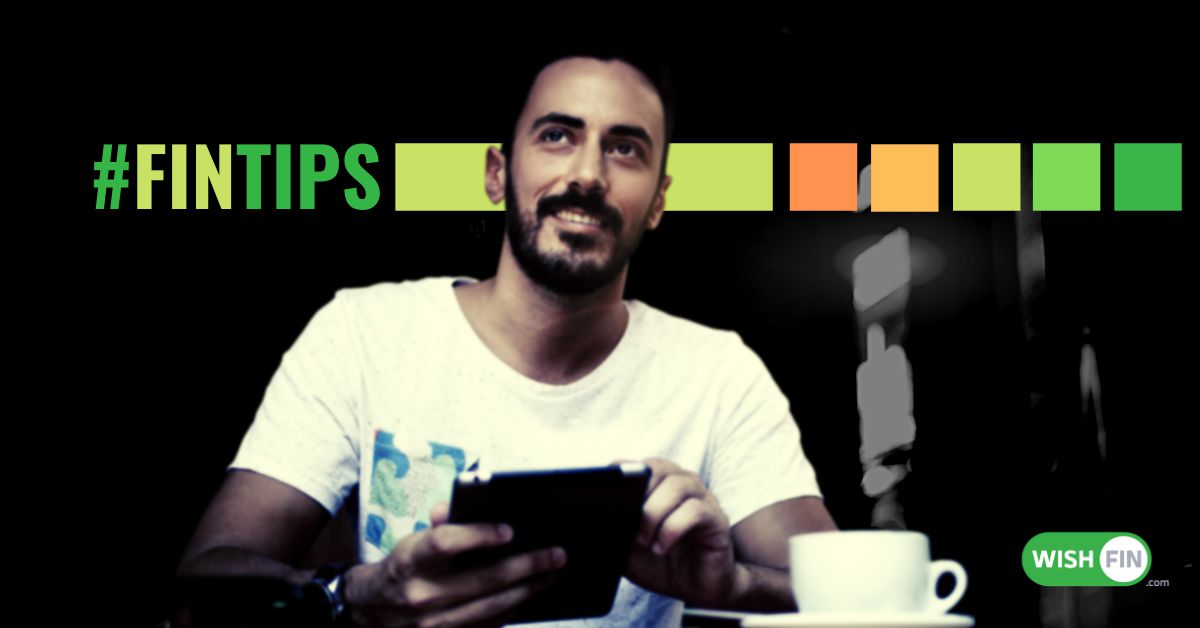What to do If You are Paying Multiple Loans?

Last Updated : July 10, 2020, 2:13 p.m.
You never plan to borrow multiple loans, it’s the situation that puts you in it whether due to an illness of the family member, leaking of the roof, or any unknown financial needs. If you have multiple loans now and don’t know how to pay them without getting caught up with penalty charges then read this post which will suggest you tips to cope with multiple loan payments.
Use the Suitable Payment Method
Choose your loan payment service wisely as per your convenience, so the payment won’t be delayed. To pay a loan, you can use various payment methods such as the National Automated Clearing Housing (NACH) service, Post Dated Cheques (PDCs), Electronic Clearing Service (ECS) and Standing Instruction (SI). These payment methods help pay the loan before the due date as the amount automatically debits from your linked bank account.
Don’t do unnecessary spends
When you are already burdened with too many loan payments, you need to make sure that there are no unnecessary expenses. And you can start with your credit card, they tempt you to purchase more but do you know how they will affect your credit score? If you spend too much using your credit card, chances of payment skips or defaults could be maximum. With that, your credit score could come down. Your credit utilization limit should be within 30% of your credit limit to ensure that you have enough savings from the monthly income to pay multiple loans without any delay.
In the meantime, you also need to make sure that you don’t buy any expensive product during the loan payments as it may be difficult for you then to pay the EMI on time. You need to be very careful with your monthly expenses when you have multiple loans to pay.
Look for a better option
If you want to reduce your burden then look for a lender that offers you a low-interest rate on your loan balance amount. The loan balance transfer helps you to reduce the interest outgo and manage the EMI payment. When the reason for your unmanageable loans is a high-interest rate then balance transfer is the most convenient way to pay it on time. See the example to know how a loan transfer will help you save on multiple loan payments.
Suppose, you have 3 loans both of secured and unsecured types and one of them comes with a high-interest rate that makes it difficult to pay the other loans on time as you are not left with much savings after spending on debts as well as other expenses. So, you should look for a lender that can ease your burden by giving you an attractive balance transfer facility. A balance transfer is a facility by which individuals can transfer their existing loan balance from one lender to another at a lower rate of interest. Check out the table below to know the savings you could have using the balance transfer.
| Particulars | Details |
|---|---|
| Original loan amount | INR 9,00,000 |
| Interest rate | 17.00% |
| Tenure | 5 years |
| EMI | INR 22,367 |
| Interest outgo @ 17.00% | INR 4,42,039 |
| Paid interest before balance transfer in 2 years | INR 2,64,182 |
| Loan balance after 2 years of EMI payment | INR 6,27,366 |
| New loan interest rate | 11.25% |
| EMI @ 11.25% | INR 20,614 |
| Interest outgo @ 11.25% | INR 1,14,720 |
| Paid interest + interest outgo @ 11.25% | INR 3,78,902 |
| EMI Savings | INR 1,753 |
| Balance Transfer fee | 0.50% of the loan balance = INR 3,136 |
| Total Savings | INR 63,137 (4,42,039 - 3,78,902) Savings after reducing the transfer fee = INR 60,001 |
Look to Close Loan Accounts Before Maturity
If you have a lump sum of funds at a time then the first thing you need to do is to close one of your loan accounts. When you have 2 or more ongoing loan payments, you should do prepayment to reduce the burden. Which loan account should I close? You need to close the loan account whose interest payment is comparatively higher to your other loans, as it helps in reducing the burden and helping you pay other loans on time.
What do I need to take care of while doing a loan closure? Check the amount you’ll save after the prepayment. Factor in the prepayment fee that the lender may charge from you while calculating your savings. Take the No Objection Certificate (NOC) which shows that you paid all the dues to the lender. Only when you collect the NOC letter the loan payment is over.
Don’t Borrow More
One thing you need to know is that if you borrow a new loan when you already have too many loan payments to make, you will most likely harm your credit score. Most likely, you may not get a new loan. Even if you get the same, the interest rate will be higher. So, try as much as possible to not borrow a loan.